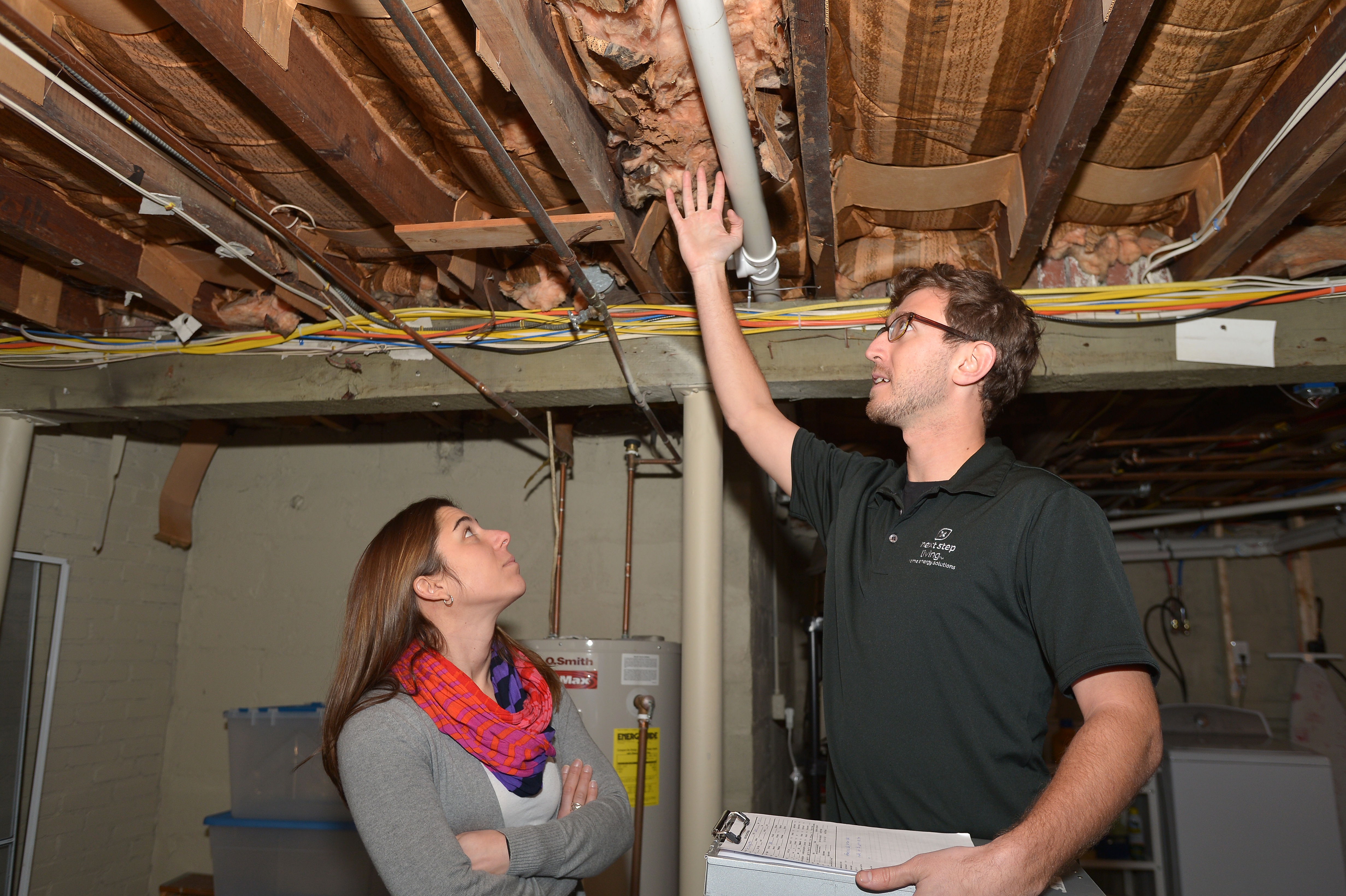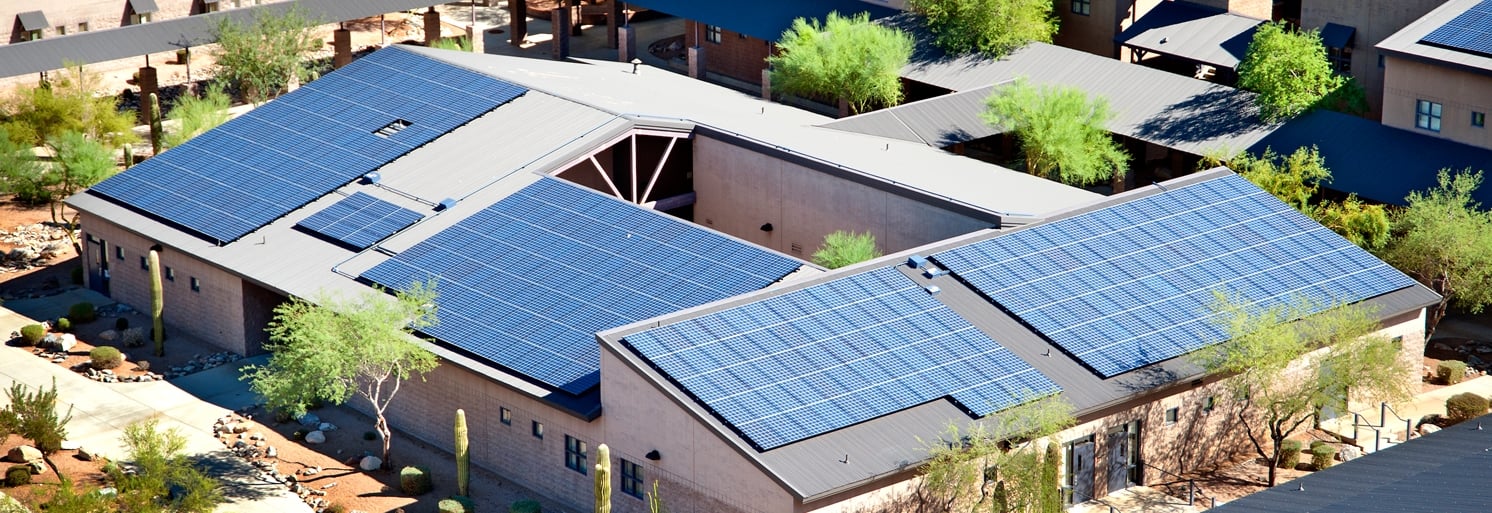 A successful transition to a 21st Century Electricity System requires careful consideration of a range of issues that will ultimately redefine the regulatory framework and utility business model while creating new opportunities for third-party providers and customers to contribute to the operation of the electricity system. In this third in a series published by Utility Dive, AEE explores traditional and "pay for performance" approaches to energy efficiency (EE).
A successful transition to a 21st Century Electricity System requires careful consideration of a range of issues that will ultimately redefine the regulatory framework and utility business model while creating new opportunities for third-party providers and customers to contribute to the operation of the electricity system. In this third in a series published by Utility Dive, AEE explores traditional and "pay for performance" approaches to energy efficiency (EE).
Ryan Katofsky
Recent Posts
Energy Efficiency as a Resource: The Power of Getting More from Less
Topics: PUCs, Utility, Regulatory
Three Years In, the New York REV Journey is Far From Over

If you would have asked me, back in the fall of 2013, if I thought I would be spending most of the next three years on a regulatory proceeding in New York, I would have answered “no.” Yet here I am, in the fall of 2016, still actively engaged in the Reforming the Energy Vision (REV) proceeding. Although REV didn’t officially begin until the spring of 2014, we at AEE were already working with our member companies and New York’s utilities to articulate a collective vision for what a 21st century electricity system might look like in New York state, so it’s been a full three years for me and my colleagues Lisa Frantzis and Danny Waggoner. One question to ask is, has all that time been worth it? For me, the answer is an unequivocal “yes.” Not only have I reached Select status on Amtrak again this year, but REV remains the most significant proceeding (set of proceedings, really) in the country addressing utility regulatory and business model reform. Our participation has enabled us to bring the business voice to the conversation and, we believe, has contributed to positive outcomes already—with, we hope, many more to come.
Topics: State Policy
New York REV Order Gives Utilities Ways to Make Money in Changing Role

We’ve blogged several times over the last two years on New York’s landmark Reforming the Energy Vision (REV) proceeding, which seeks to fundamentally reorient the way electric utilities are regulated in New York State. We have been strong supporters of this effort and, along with our state and regional partners, Alliance for Clean Energy New York and the Northeast Clean Energy Council, have filed comments at nearly every opportunity. Back in 2014, we blogged that The Devil is in the Details and later reviewed some of those details when the Department of Public Service issued its Track 2 White Paper. We also weighed in on benefit-cost analysis and, most recently, utility-solar collaboration on the future of net metering and compensation of distributed energy resources (DER). Truly, there is virtually no aspect of the regulatory framework that is not up for consideration in REV.
The details of what utility regulation will look like in New York just got clearer, when the Public Service Commission (PSC) issued its Track 2 Order on May 19. This Order addresses the fundamental issue of the utility revenue model as well as certain aspects of rate design. While there are many details still to be worked out (the Order is mainly about the framework and process), the PSC has formalized some bold ideas for how the utility business model will evolve in order to keep up with changing technology, evolving customer needs, and state energy and environmental goals.
Topics: State Policy
How Do You Spell the Future of Net Metering? Maybe like this: LMP+D

There are lot of hot topics in energy these days, but perhaps none more so than net energy metering (NEM). This simple rate design allows customers with onsite generation (usually rooftop solar, but also other technologies, like fuel cells and small wind systems) to send excess electricity onto the grid and spin their meters backwards. At the end of the month, the customer receives either a bill or a credit, depending on whether there was net excess generation in that month. This makes owners of distributed generation happy - and makes utilities nervous.
Although NEM clearly sets out what distributed generation (DG) customers get paid for their electricity, it does not fully answer the question of what that DG is worth, not only to that customer but to all the other customers who depend on the grid. That’s exactly what New York’s Public Service Commission asked for comment on in the latest round of filings under its “Reforming the Energy Vision” proceeding. In response, AEE Institute, and its state and regional partners engaged in that proceeding, submitted a proposal for setting the balance between deploying distributed energy resources (DER) and maintaining the grid for all. What’s the not-so-secret formula? LMP+D. For what that means, read on.
Topics: State Policy
New York Gets into the Details of a New Business Model for Utilities

A little over a year ago, in an update on New York’s groundbreaking Reforming the Energy Vision (REV) proceeding, we wrote that the “devil is in the details.” Today, we have a lot more details. In late July, the Public Service Commission issued its “Staff White Paper on Ratemaking and Utility Business Models.” As the title suggests, this document makes initial proposals to change how utilities make money (the business models) and how they would charge customers to reward certain behaviors and discourage others (ratemaking). As with other participants in the proceeding, we have spent the past three months poring over this White Paper and thinking through the benefits and risks to advanced energy companies of its various provisions. Although the details are still devilish, the REV vision of a dynamic electric power system built around energy efficiency, onsite solar and wind, energy storage, cogeneration and microgrids, and other distributed resources, rather than a static, one-way system of central power plants, poles, and wires, continues to look bright for advanced energy.
Topics: State Policy